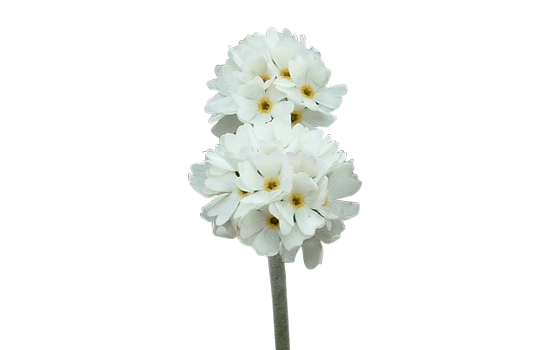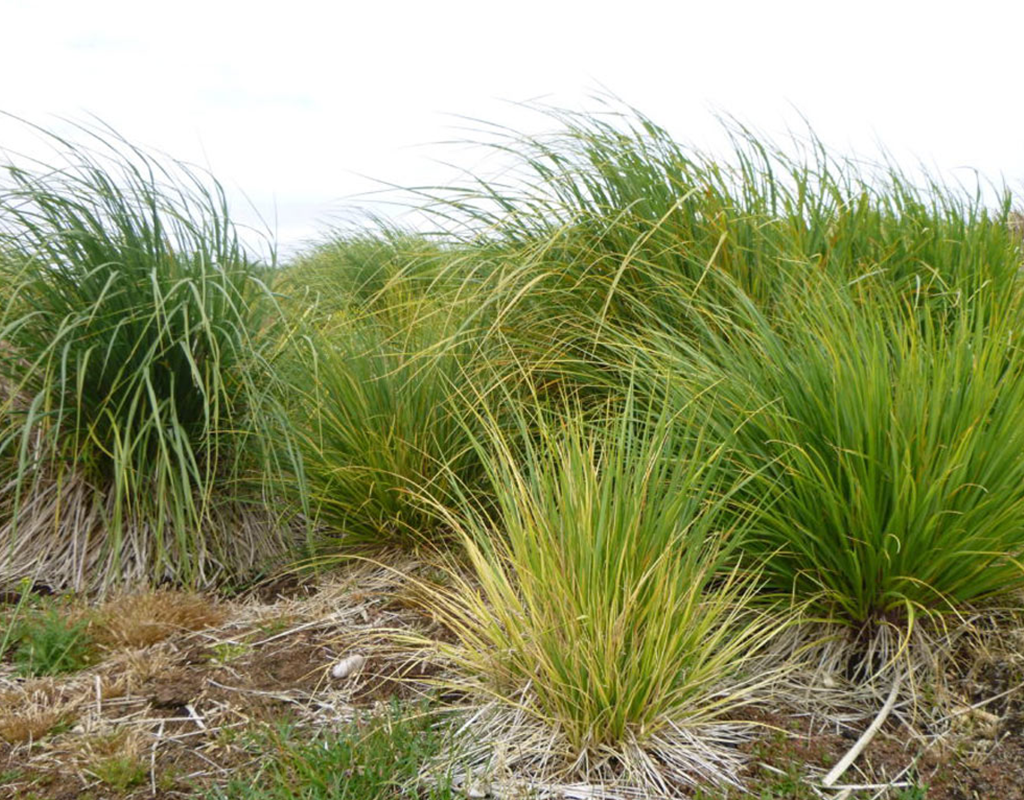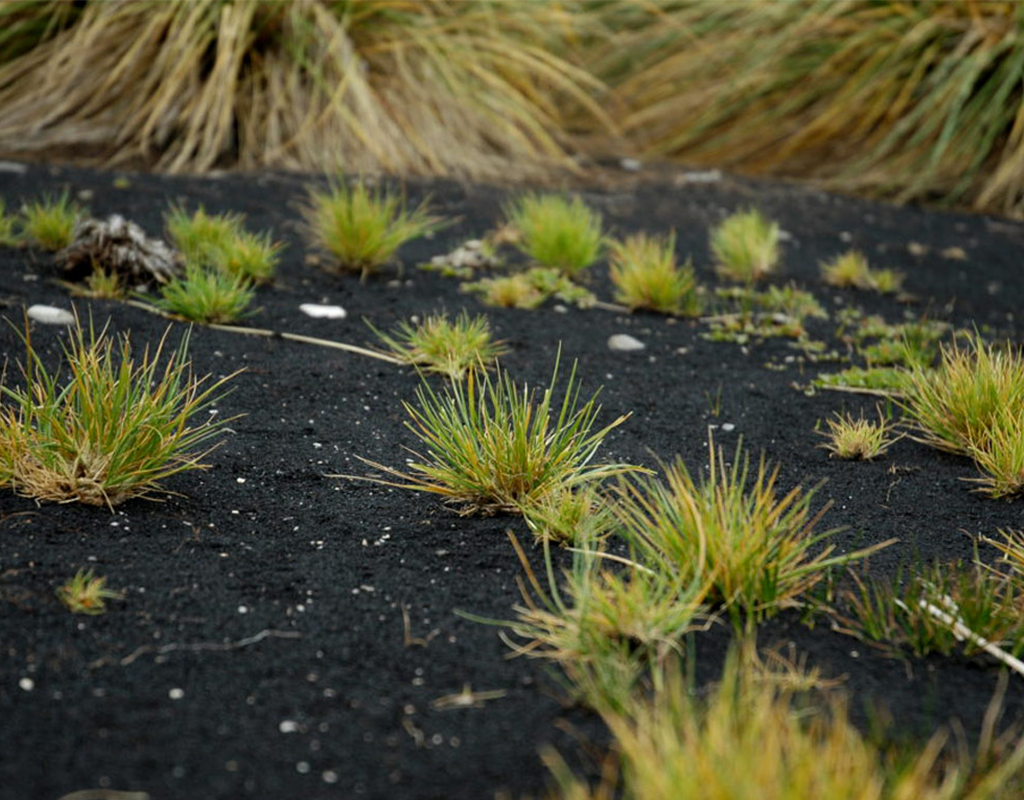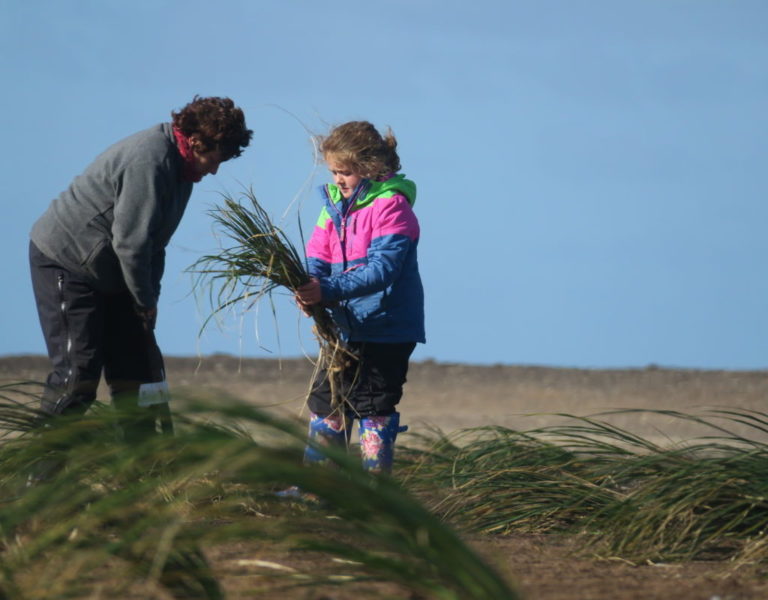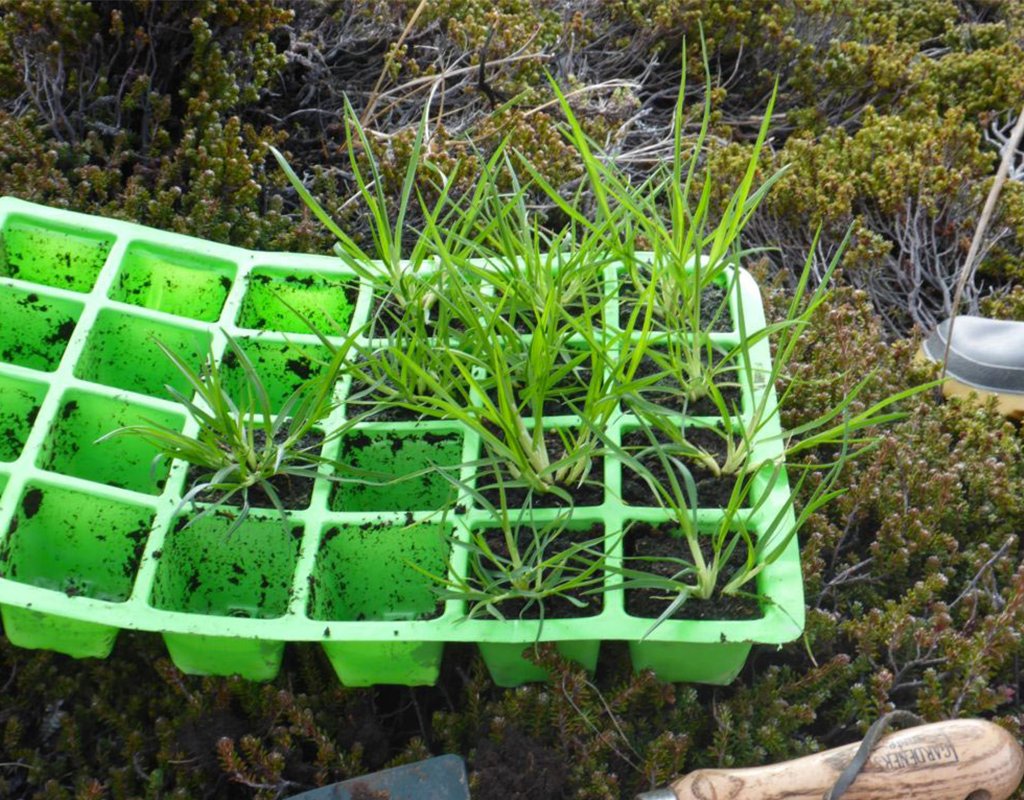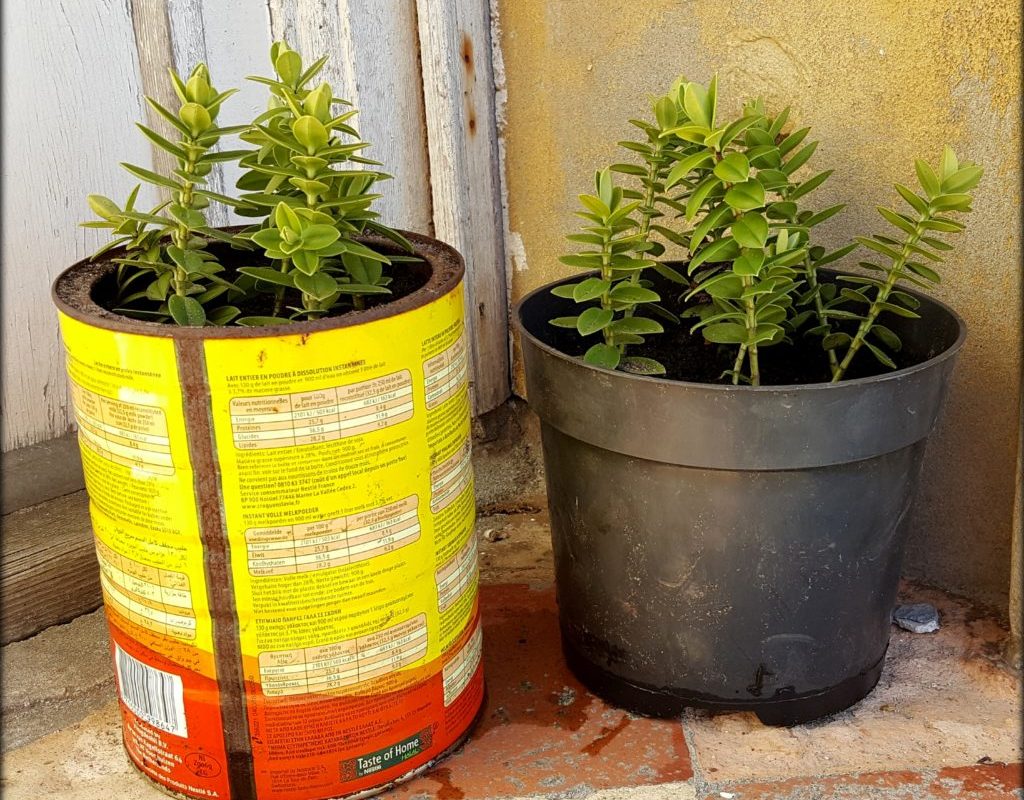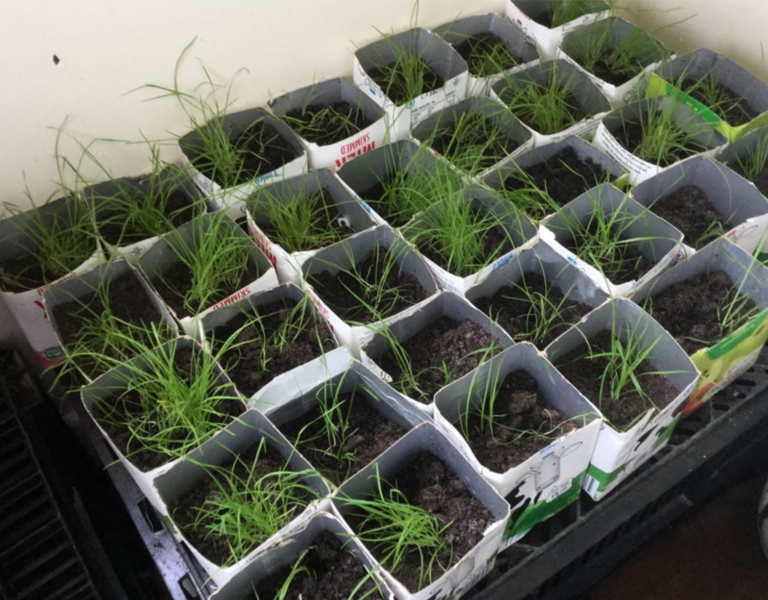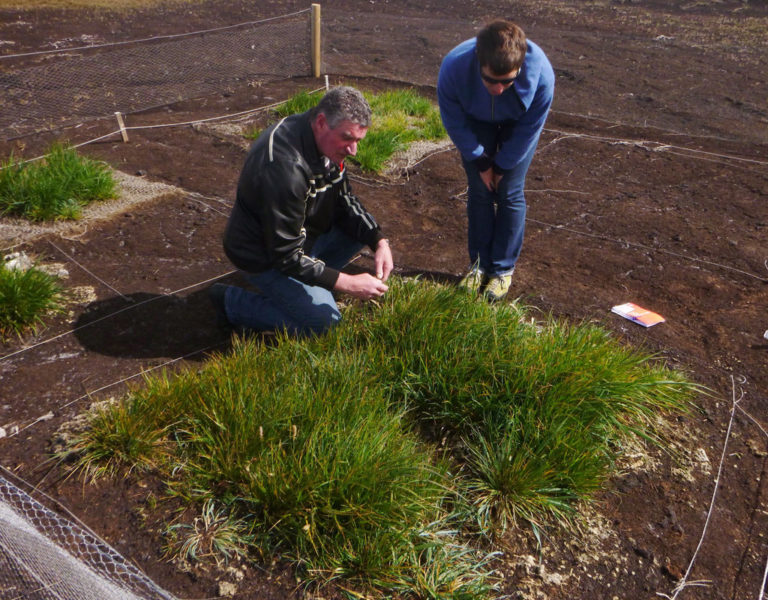Natural revegetation.
The Falklands’ native species are tough – they can survive and spread in harsh, dry and windy areas, but there are no native grazing mammals in the Falklands, and many of our native species cannot survive continual grazing by livestock (sheep, cattle, goats or reindeer).
Natural revegetation with native plants sometimes occurs following fires and where areas are fenced to prevent or carefully control grazing by livestock.




